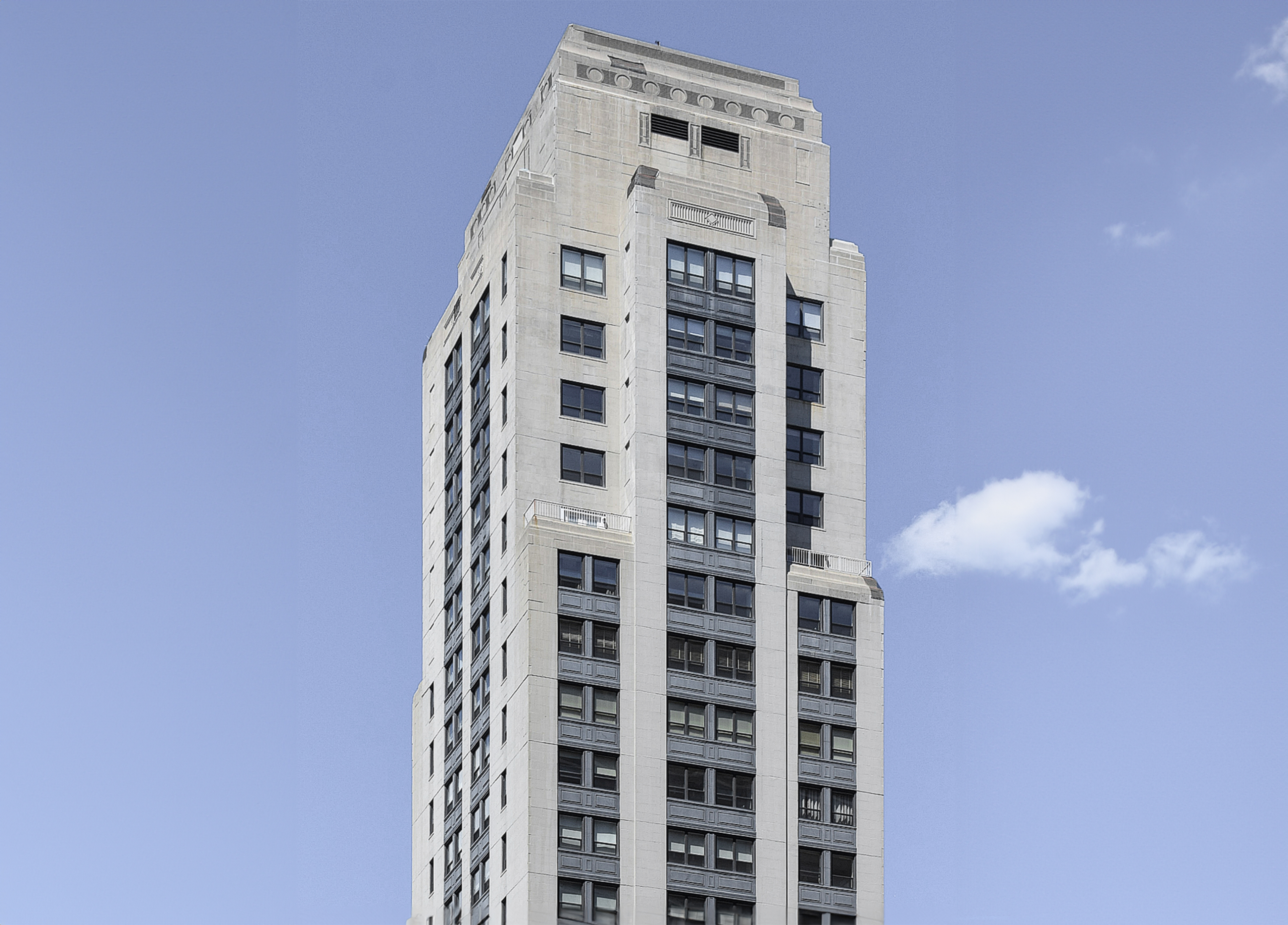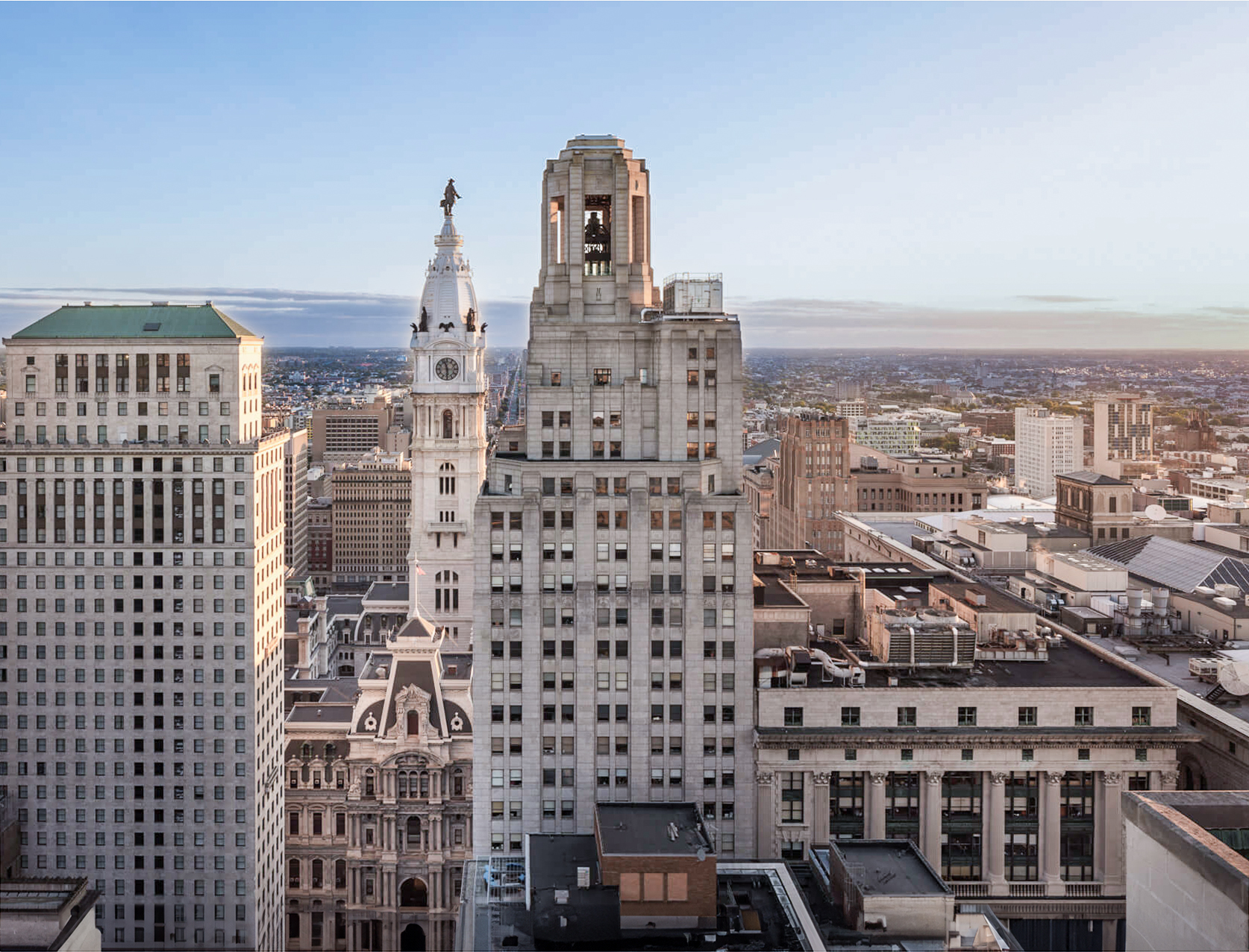The Lewis Tower is an Art-deco skyscraper designed by Edmun Gilchrist, and built in 1929, for a reported $35.0 million dollars, in Philadelphia, PA.
Lewis Tower is not the only name you might know this building by though. The building is, or has also been known as Aria.
Its precise street address is 225 South 15th Street, Philadelphia, PA. You can also find it on the map here.
The building underwent a major restoration between 2005 and 2009.







